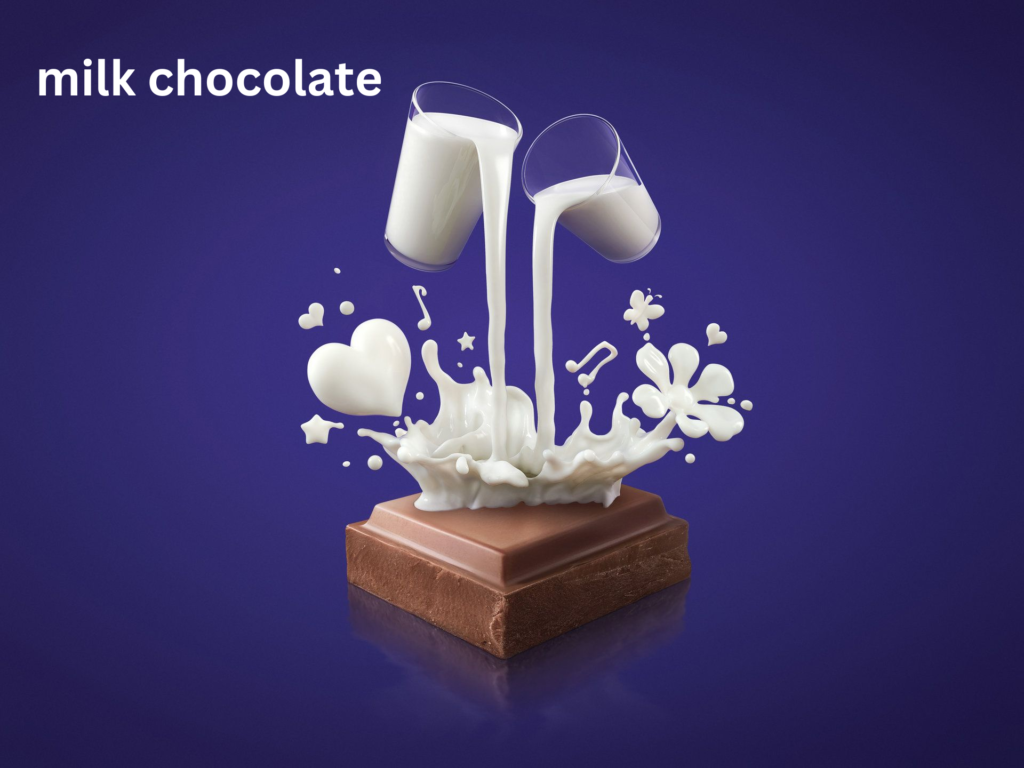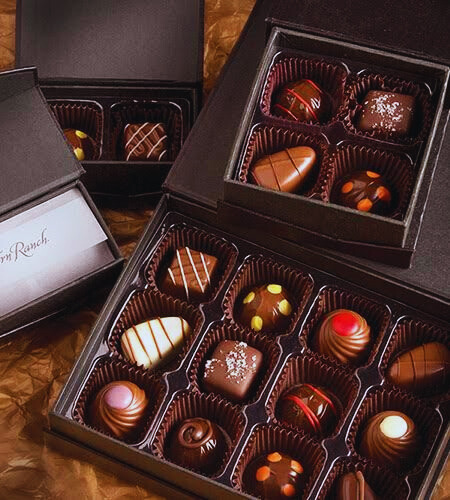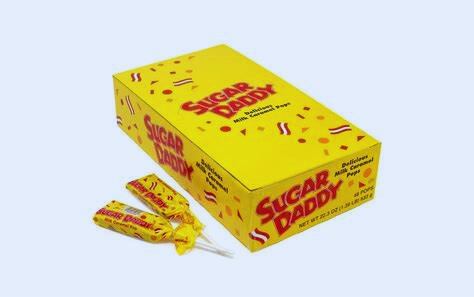One of the three primary types of chocolate that are currently available is milk chocolate. The government controls the usage of the terms “milk chocolate” (as well as “white” and “dark”) to guarantee that consumers are getting the actual thing.
How Is Milk Chocolate Produced?
I’ve always wondered how milk chocolate is manufactured, even though I love the taste of creamy chocolate. Making milk chocolate involves three basic steps of labor of love:
Chocolate manufacturers mix ingredients for the milk and sugar, then gently stir in cocoa powder and chocolate liquor.
The combination is then dried to produce a crumbly powder that tastes like milk chocolate. The third and last step, known as “conching,” involves carefully combining all the components to give milk chocolate its velvety, smooth flavor and texture.
The expert chocolatiers employ a classic extended conching process that ensures rich, delicate taste development, much like a chef in his own kitchen. Starting at a low temperature, the process increases in temperature as it mixes.
Components of Milk Chocolate:
What is contained in milk chocolate? The components in milk chocolate are carefully balanced to provide the distinctively mild and silky taste. Sugar, cocoa butter, and cocoa liquor are the ingredients of both milk and dark chocolate. Is milk present in chocolate, though? Yes, milk powder is used to make milk chocolate, which gives it a creamier color, texture, and flavor.
Recipe for Handmade Milk Chocolate:

15 minutes of preparation time plus idle time
Produced 1 chocolate bar.
Components
One and a half ounces of cacao butter
One tablespoon of cacao powder
Two tablespoons powdered sugar, or any preferred sweetener
1/2 tbsp. powdered milk
Cocoa Butter vs. Chocolate:
Cacao butter and cocoa are the same substance. The fat is extracted from the other bean components to make butter. After being extracted from the husk, fermented cacao beans are crushed. After the beans are liquefied by this process, the product is pressed to extract the fat, or cocoa butter.
Despite the name mentioning butter, it is entirely vegan and devoid of dairy. Because it is solid and pale yellow in color, cocoa butter must be warmed before using.
Chocolate’s velvety, smooth texture is a result of the cocoa butter. Because real chocolate contains nutrients, the butter has a subtle chocolate flavor and offers various health benefits.
Dark versus Milk Chocolate:
While both milk and dark chocolate are excellent, there are some significant variations in their flavors and textures. The primary distinction is that dark chocolate has a deeper hue and a more bitter flavor due to its increased cocoa content. More milk is used in milk chocolate to give it a creamier texture and sweeter flavor.
When using milk solids, why not just use milk?
A suspension of sugar, milk solids, and cocoa particles in cocoa butter is called milka chocolate. Like all other chocolate, it has little to no moisture content and is shelf stable.
The butter from cocoa is hydrophobic. It usually repels water or does not mix well with it. Sugar dissolves in water because it is hydrophillic.
A tiny bit of water added to chocolate will cause it to seize. You will have a lumpy, difficult-to-clean mess once the sugar dissolves in the water and the cocoa butter repels it.
Chocolate milk:
Chocolate milk is frequently marketed as a fantastic post-workout beverage and as a healthy substitute for ordinary cow’s milk when aiming to raise kids’ calcium and vitamin D intake. Many individuals do question, though, if the sweetened milk’s high sugar level outweighs its nutritious benefits.
Chocolate milk is milk that has been sweetened with sugar and cocoa.
While there are nondairy options, the focus of this article is on cow’s milk chocolate milk.
The health benefits and drawbacks of chocolate milk are discussed in this article.
for more information visit our Homepage


